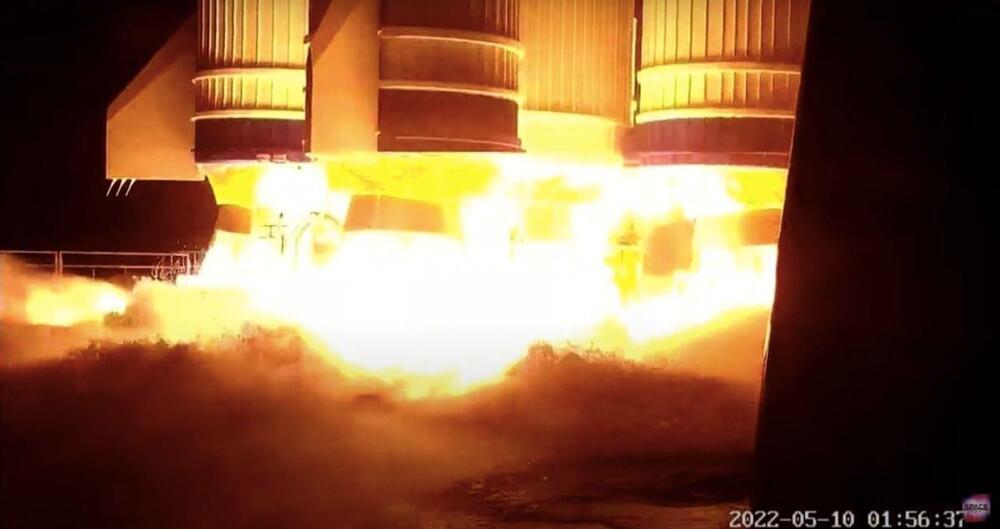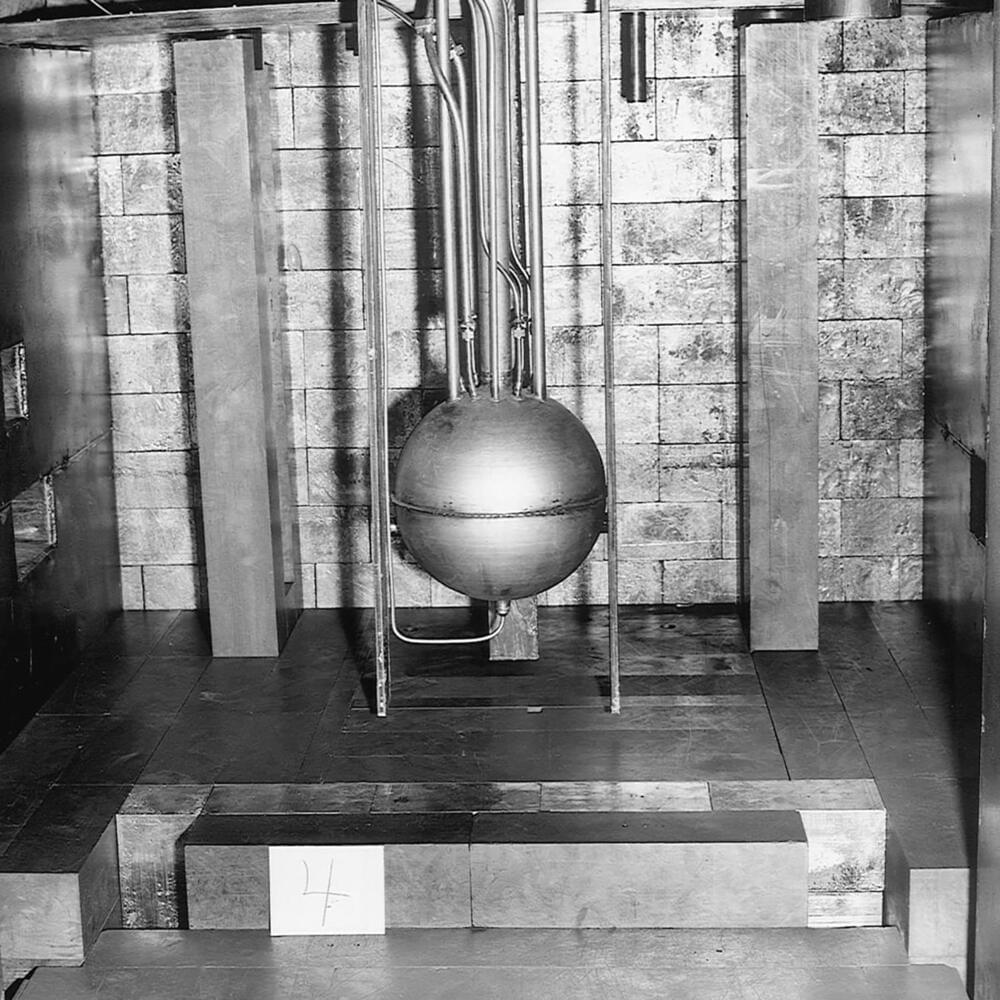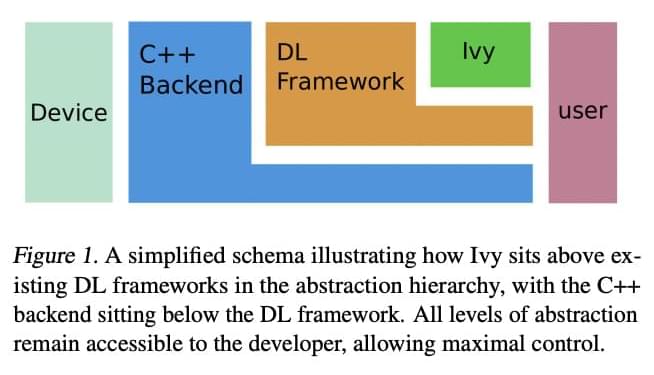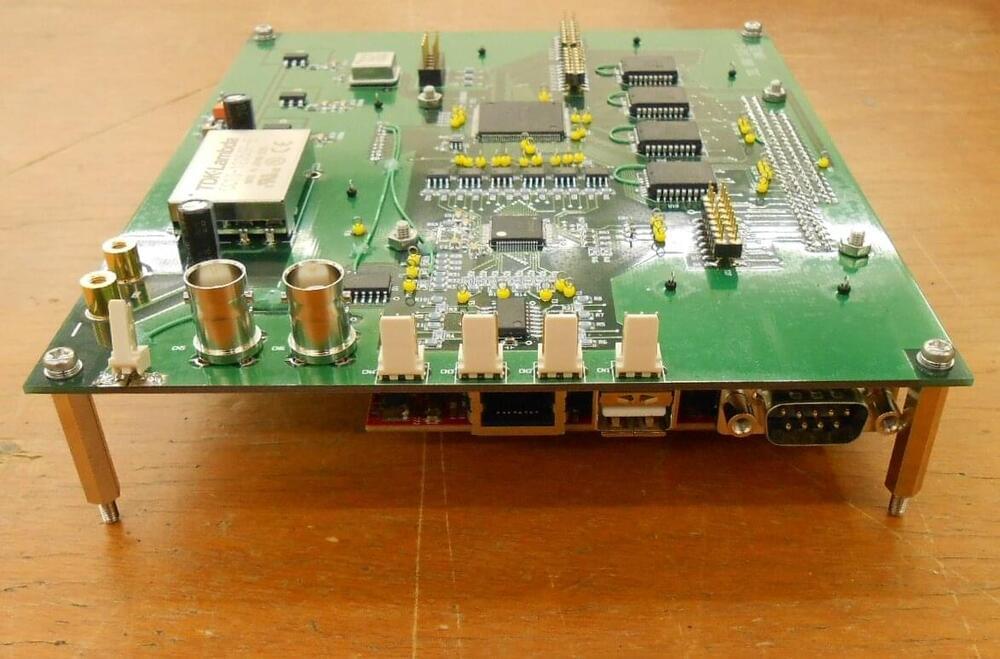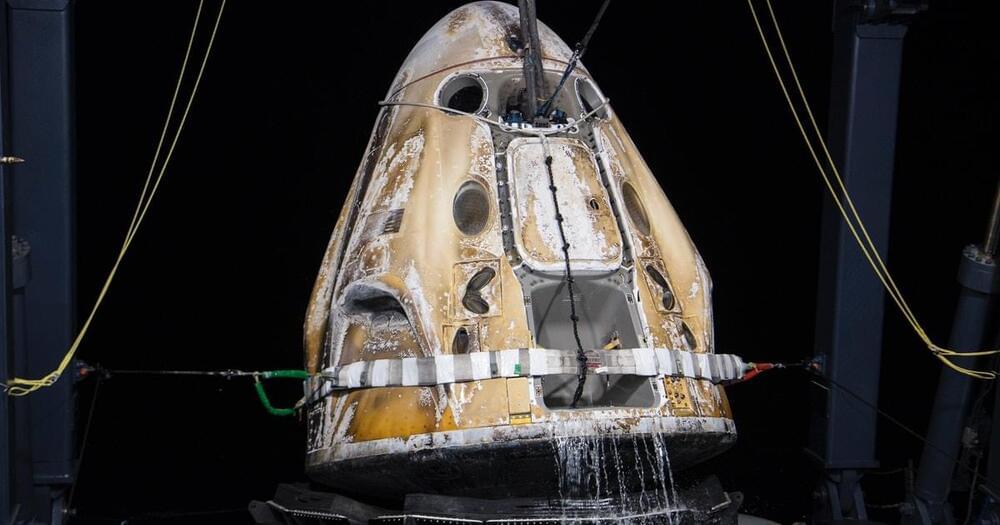Well, happily, Ingenuity did call home after about 24 hours. According to NASA, the link was stable, and the solar array managed to charge its batteries to 41 percent. The engineers say they hope to resume Ingenuity’s flight campaign within the next several days after bringing the helicopter’s batteries to a full charge.
Unfortunately, this may be the beginning of the end for a helicopter that has vastly exceeded all expectations. The NASA engineers have had to take some fairly drastic steps to preserve Ingenuity’s battery charge. For example, they have now commanded the helicopter’s heaters to come on only when the battery’s temperature falls to −40°, far colder than the previous point of 5° Fahrenheit. It is not known how many of the off-the-shelf components on the vehicle will fare without this additional heating during the cold Martian nights.
And Mars will only get colder and darker for the next 10 weeks as winter deepens.

